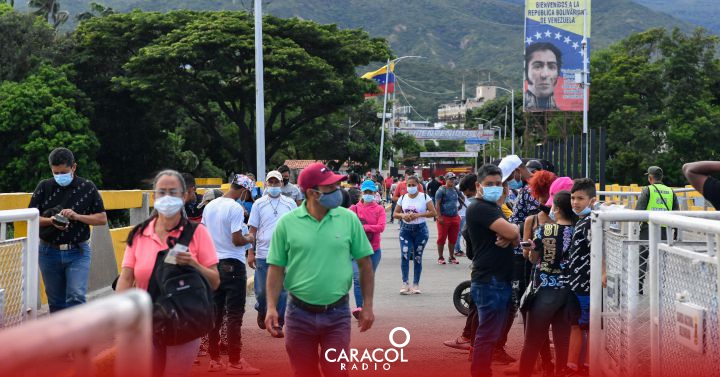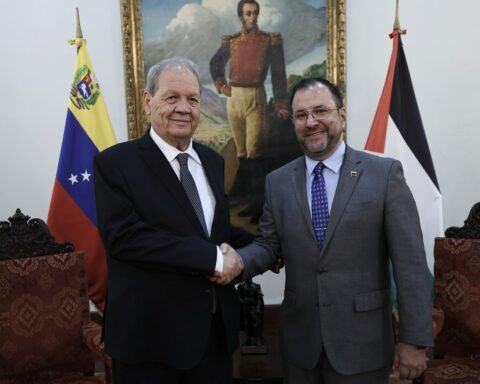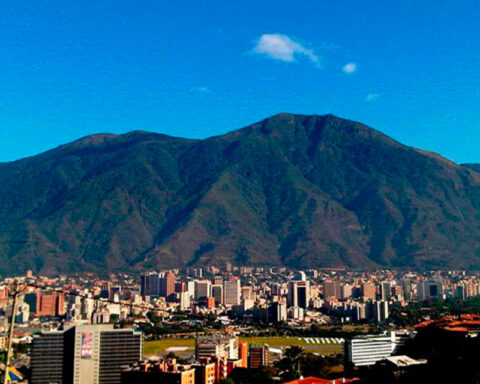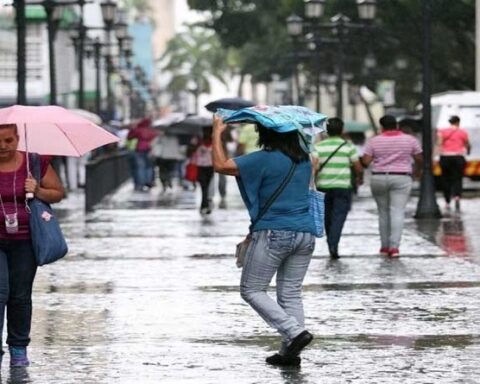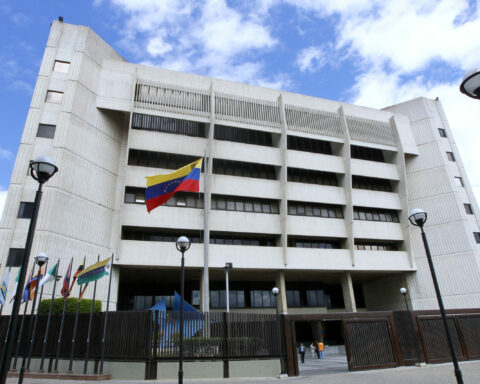The Colombian city of Cucuta count the days to full reopening of the border with Venezuelaa campaign promise of the elected president, Gustavo Petrowhich is expected to materialize after August 7, the day he will take office.
Cúcuta, capital of the department of Norte de Santander, is the main pass in the 2,219 kilometers of border which in the past was the most dynamic in the country with intense commercial activity that has collapsed in the last seven years due to political differences between the two governments.
You may be interested in:
The border was closed to vehicle traffic in August 2015 by the Venezuelan president, Nicholas Madurowho later broke off relations with Colombia in February 2019, a difference that begins to be left behind with the election of the leftist Gustavo Petro, with whom he has more affinity than with his predecessors.
BORDER DISTORTION
“This cannot happen again, we have spent seven years with a distorted border different from how we knew it. The reopening does not wait,” the president of the Norte de Santander Interunion Association, Carlos Luna, told Efe.
According to Luna, three years ago the unions of Norte de Santander and the Venezuelan state of Táchira began to coordinate actions for when the border is fully reopened, where it is currently only possible to travel on foot and at times determined by the Venezuelan authorities.
One of the achievements of these approaches was “getting people off the trail and putting them across the bridge,” where pedestrians, with documents in hand, have to avoid the controls of the Venezuelan National Guard and the Colombian Police if they want. get to Cúcuta in search of food or services that they do not get in their country.
At the time of the total closure of the Simón Bolívar international bridge, the main of the four that connect the two countries in this area, Venezuelans risked their lives crossing the Táchira River and paying organized armed groups and smugglers who controlled the illegal crossings.
“It was not fair that millions of people had to cross the river, along the trails, because of the political differences between Bogotá and Caracas. Many people were killed, extorted and disappeared,” added Luna.
TIME TO NORMALIZE
The joy for the reopening promised by Petro is expressed by Venezuelans like Wilson Roberto Vadillo, who lives in San Antonio del Táchira and uses the Simón Bolívar bridge daily to get to Cúcuta and stock up on food.
“The people who had left Venezuela are arriving to reactivate their businesses and the expectation is great with the news of the reopening,” Vadillo told Efe.
This man assures that the bolívar, the legal currency of Venezuela, is scarce and what circulates most now is the dollar and the Colombian peso, an affirmation that is corroborated by María de Calderón, who lives in Rubio (Táchira) and visits Colombia every month.
The Secretary of Borders of Norte de Santander, Víctor Bautista, assures that in meetings with the authorities of Táchira the economic and commercial perspectives of the reopening have already been discussed, as well as those of order, control and security required.
“It is necessary that the four border crossings come into operation. These international bridges are essential to maintain an orderly, regulated flow,” he says.
In addition to the Simón Bolívar, which joins Villa del Rosario, in the Cúcuta metropolitan area, with San Antonio del Táchira, the two countries are connected by the Francisco de Paula Santander and Tienditas bridges, both between Cúcuta and Ureña, and the Unión bridge , between Puerto Santander (Colombia) and Boca del Grita (Venezuela).
The inhabitants of the area are especially excited about the opening of the Tienditas bridge, also called the Unity bridge, a three-lane overpass in each direction that was completed in 2016 at a cost of 36 million dollars.
However, this work was never put into service, in 2019 it was blocked with containers by the Maduro government and today it is a monument to abandonment, taken over by the undergrowth.
“The Tienditas bridge is important for its infrastructure and for its ability to regulate both cargo and private vehicles, as well as people who may enter the metropolitan area,” adds Bautista.
TRADE WAITS
Regarding the commercial exchange, the official explains that they hope it will be gradual and progressive, but that it will not take more than 60 or 90 days.
“The powers and decisions belong to the national government, but the region wants a prompt and comprehensive opening, which covers not only the mobility of people, private vehicles and cargo, but also all freedom of movement so that they can contribute to the economic reactivation,” Bautista said.
Leonardo Méndez, cargo carrier, recalls that before “there was a movement of about 400 vehicles that entered Venezuela daily, and about 200 that arrived in Colombia,” but with the closure many people left that activity and now they dream of resuming it.
“We have the productivity that Venezuela needs; in agriculture, we have rice, beans, sorghum, palm and cane, as well as medical and industrial products. The idea is that they also reactivate themselves, that they send us as we we’re going to send,” he says.
The winds of change that allowed the election of Petro in Colombia are also beginning to reach the border with Venezuela, where inhabitants of both countries do not see the day when they can circulate freely again as brother peoples.

